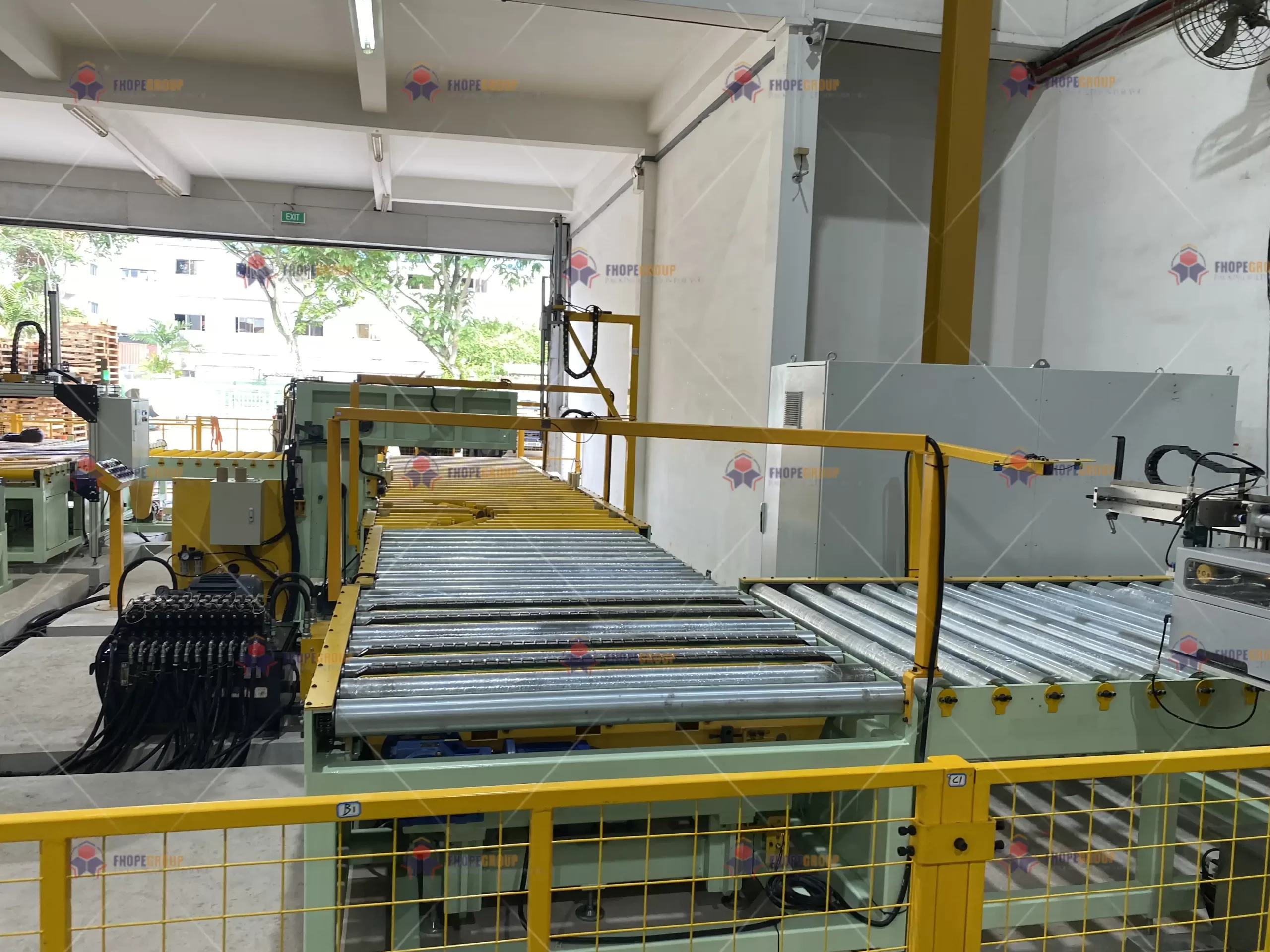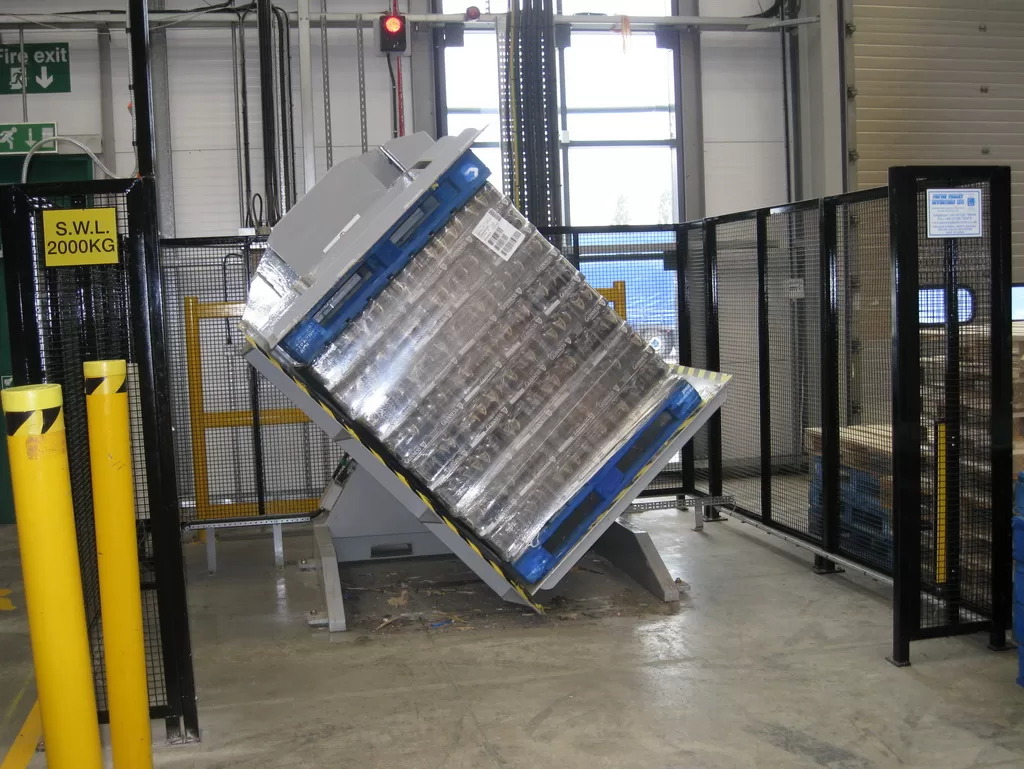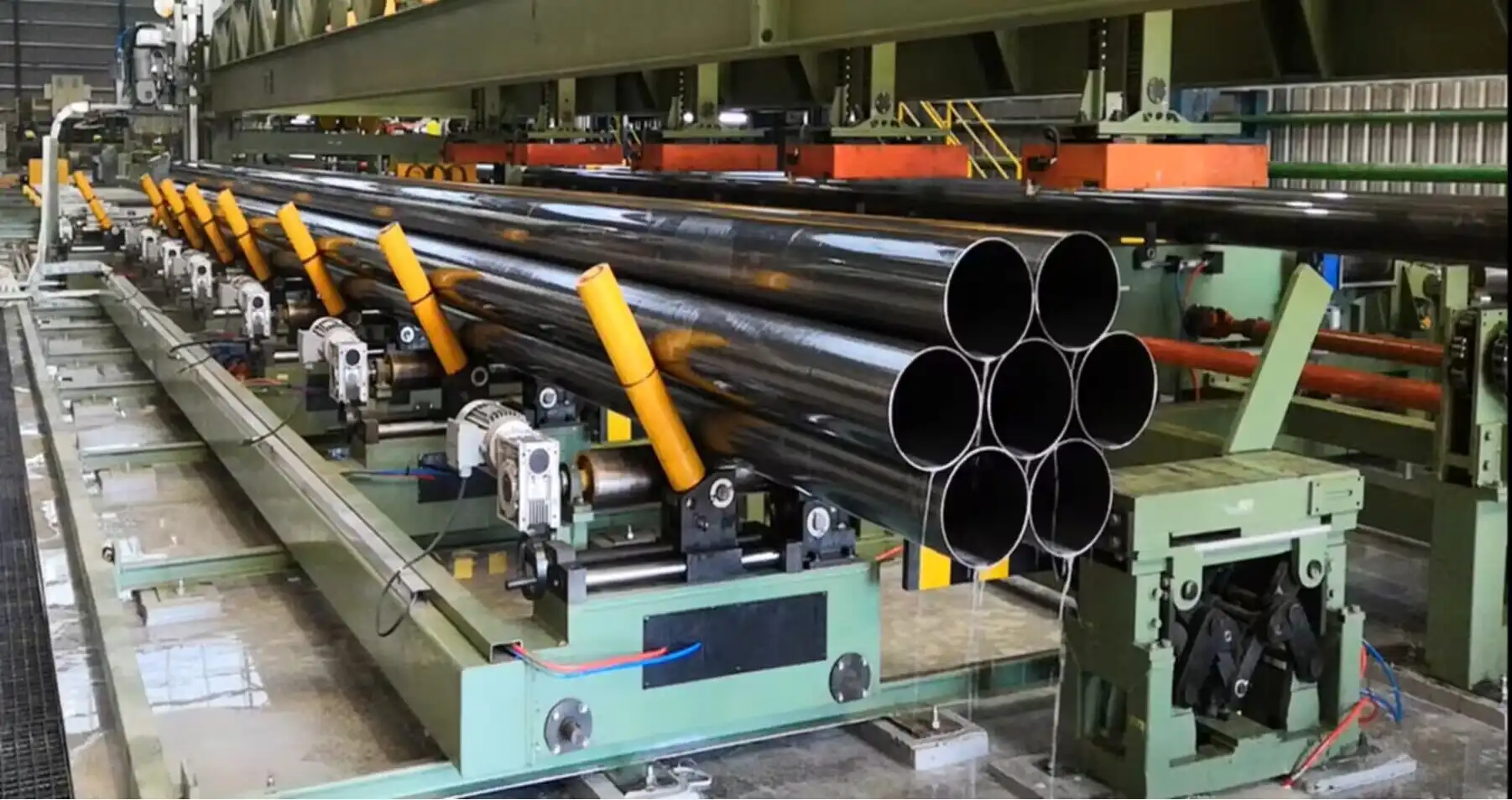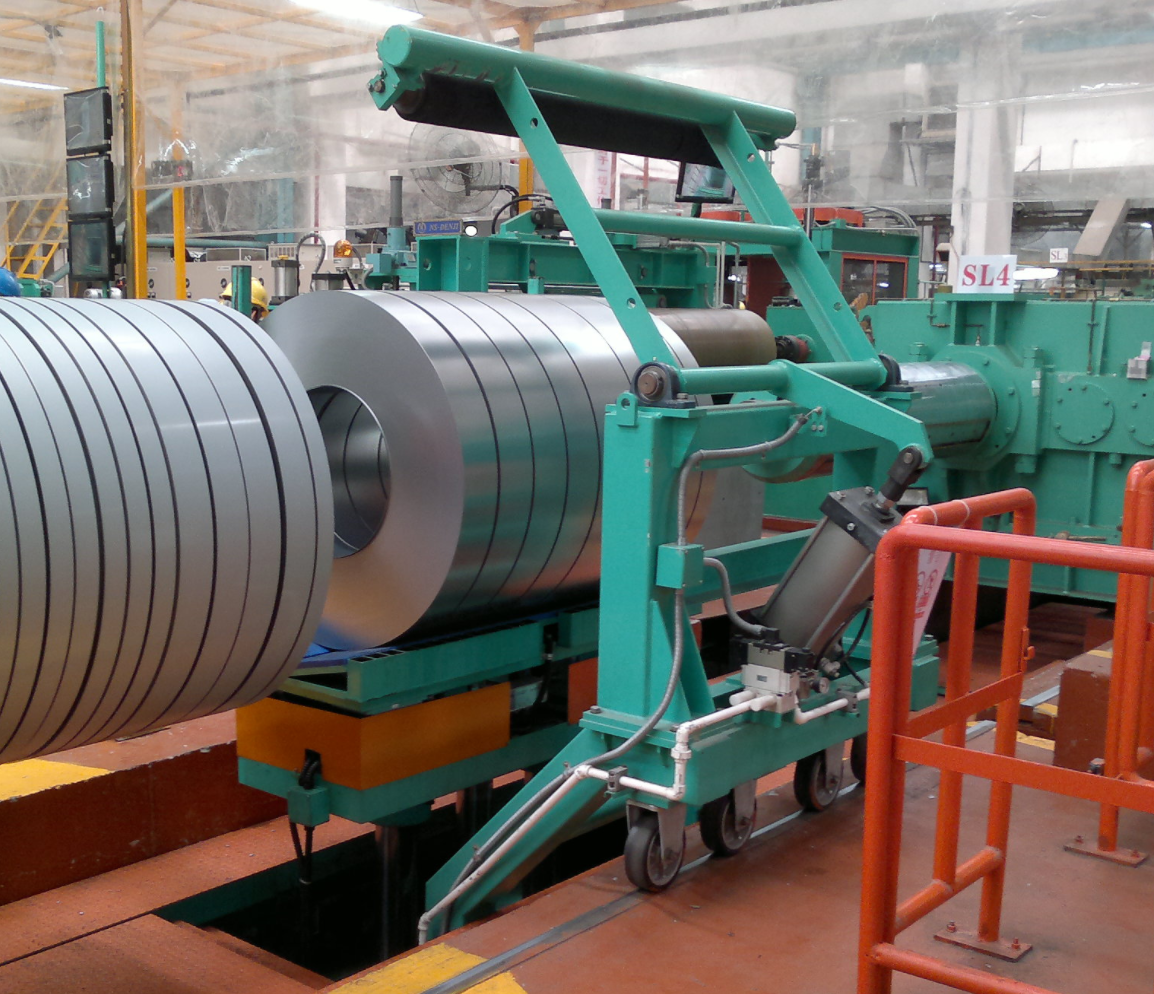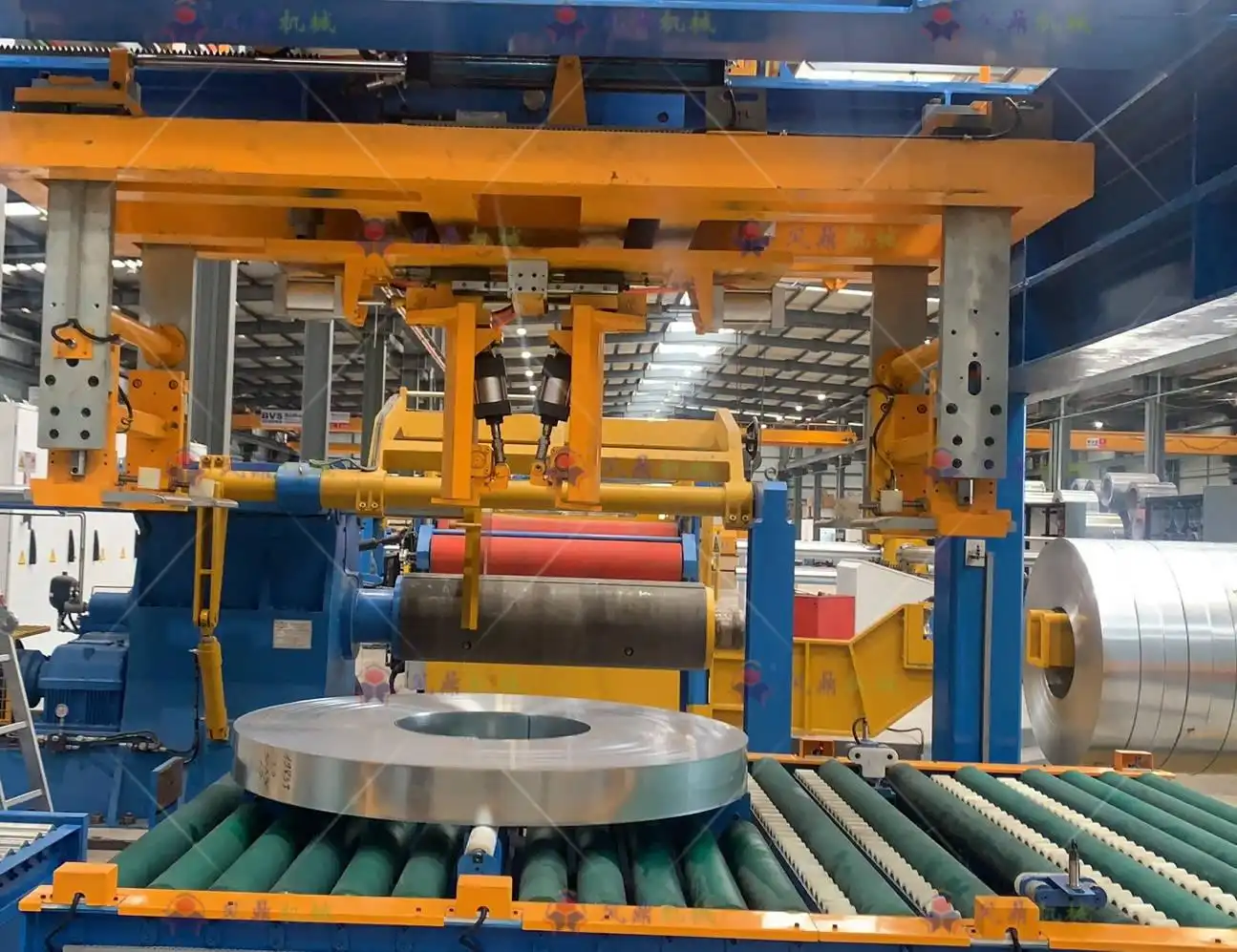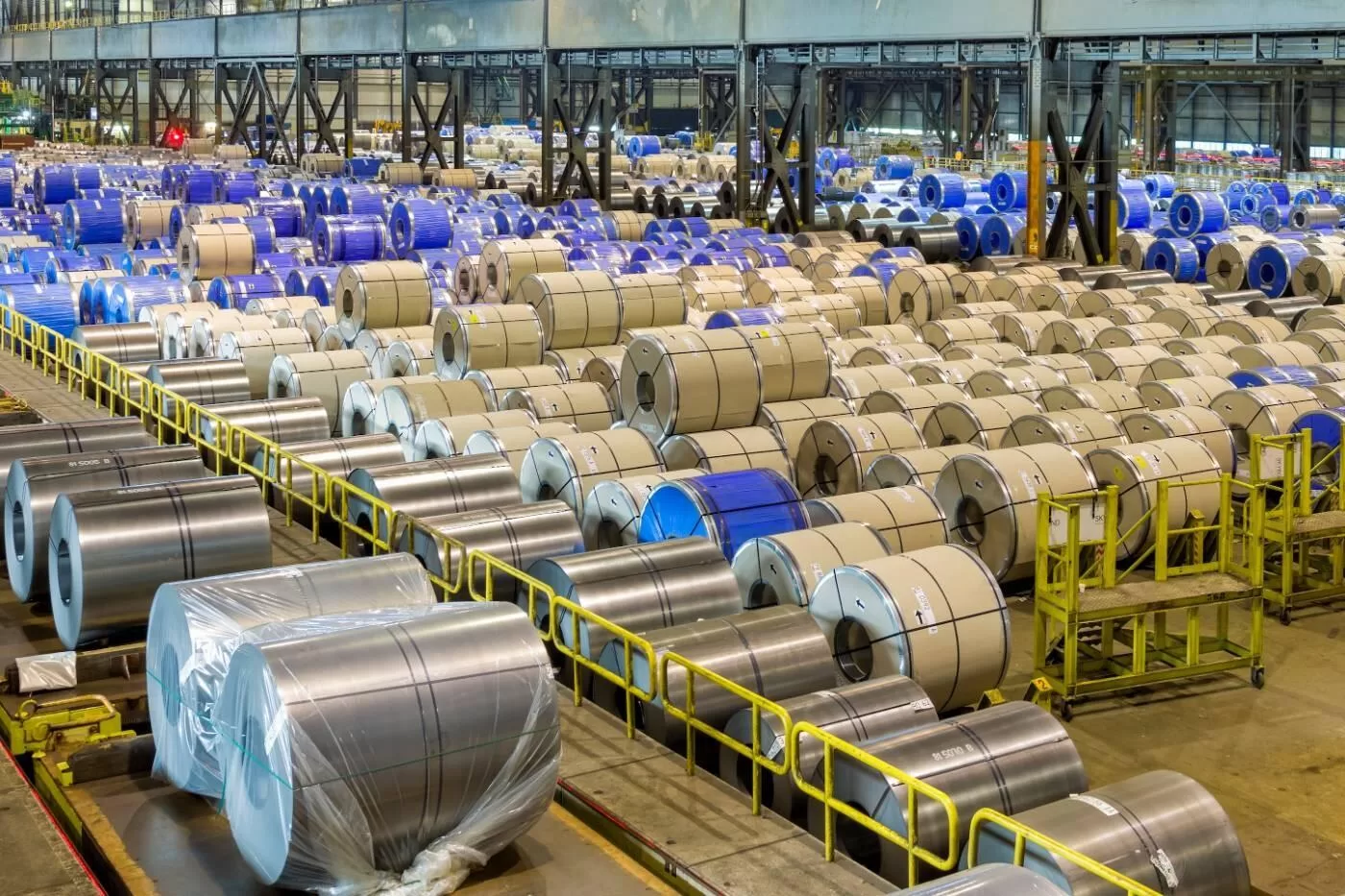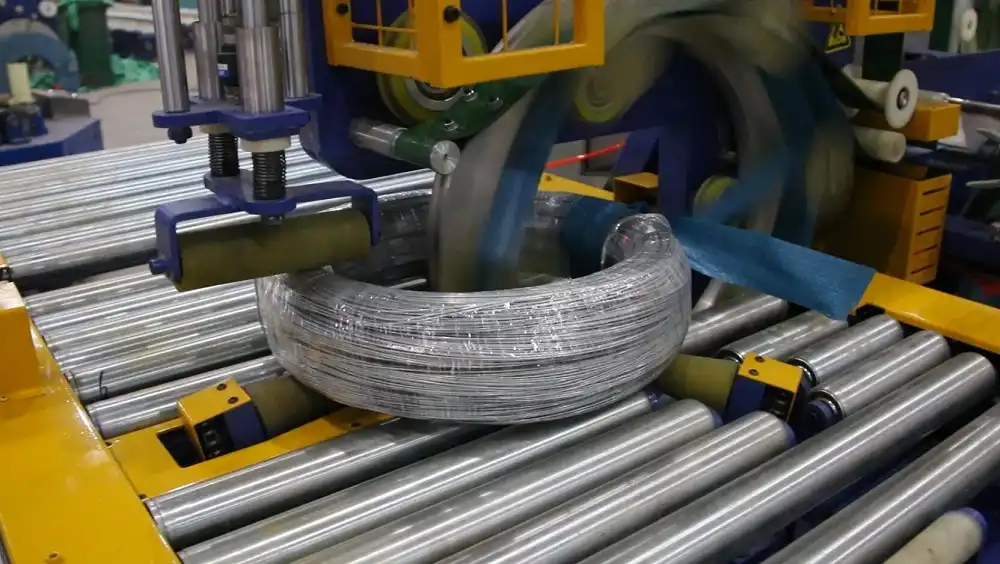Are Steel Coil Upenders Suitable for Smaller Manufacturing Operations?
The question of whether steel coil upenders fit small-scale manufacturing is crucial for businesses aiming to enhance efficiency. Smaller operations often struggle with limited space and budget constraints. Identifying cost-effective and reliable solutions can thus make a significant difference in operational productivity and profitability.
Steel coil upenders are well-suited for smaller manufacturing operations as they enhance safety and operational efficiency. By allowing easy repositioning of heavy coils, upenders help minimize manual handling, reduce labor costs, and decrease the risk of workplace injuries. Their compact designs fit constrained spaces, making them a practical choice for small-scale operations.
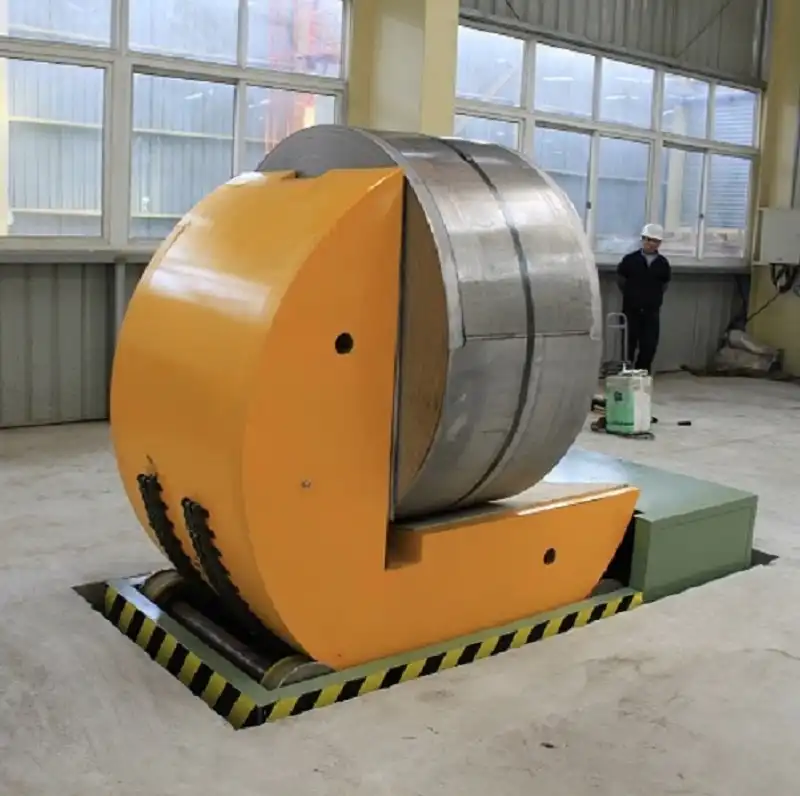
If you’re managing a smaller manufacturing setup, upgrading your equipment is vital for staying competitive. Automation, specifically through upenders, streamlines handling processes. You might wonder how this investment benefits your specific operation. The next sections will explore these machines in detail, offering insights and advice to help drive your business forward.
What are steel coil upenders and how do they function?
When you deal with heavy steel coils, handling becomes a challenging task. Standard practice involves a lot of time and manual effort, which affects productivity. By implementing steel coil upenders, businesses can transition to smoother and faster operations, improving overall efficiency.
Steel coil upenders are mechanical devices designed to tilt and rotate heavy coils, simplifying their handling. They function by gripping the coil securely and then turning it on its axis to the desired position. This automation minimizes manual intervention, boosting safety and efficiency in the industrial environment.
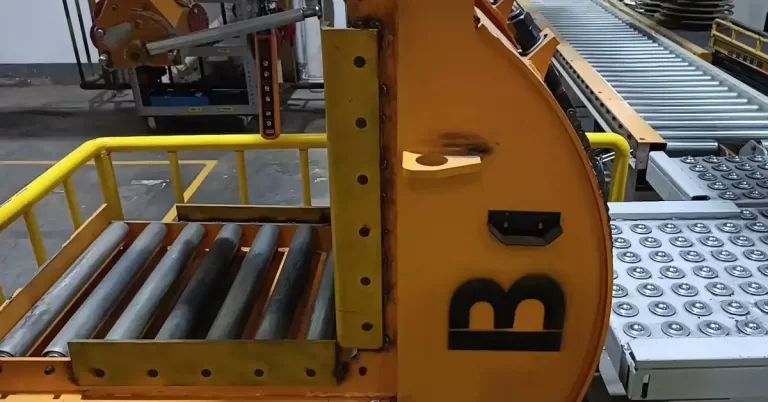
How coil upenders enhance operational efficiency
Automation is a game-changer in the manufacturing world. The introduction of steel coil upenders brings about a transformative impact on smaller manufacturing operations. Let me break it down for you.
Coil upenders help align coils quickly and precisely. Here’s where efficiency sees a marked improvement. For small operations, time saved in handling coils can be redirected towards production. As an experienced engineer, I’ve seen first-hand how automating this step integrates seamlessly with production lines, reducing the manual labor required significantly.
| Feature | Benefit |
|---|---|
| Compact Size | Fits into smaller operational spaces |
| Increased Safety | Reduces risk by minimizing manual tasks |
| Enhanced Productivity | Accelerates transition between tasks |
What’s more, the precision of automated coil handling softens the wear on machinery and reduces material damage. Less damage means lower production costs, and this positively impacts the bottom line.
Investing in coil upenders can be a critical strategic move. They enable operational consistency and mitigate risks associated with human error. In my decades of experience, I’ve witnessed companies switching to these technologies enjoy substantial gains in their productivity and safety standards. If you aim to optimize your processes, integrating coil upenders could be a vital step forward.
2. What are the benefits of using steel coil upenders in smaller manufacturing operations?
Struggling with inefficient manual handling in your manufacturing setup? Discover how steel coil upenders can transform your operations. By automating coil rotation, they promise enhanced safety and cut labor expenses for small manufacturers aiming to scale up without blowing the budget.
Steel coil upenders bring a wide range of advantages to smaller manufacturers. Their chief benefit lies in reducing manual labor, which minimizes injury risks and increases workflow efficiency. Plus, these machines help in accurate coil positioning, guaranteeing precision in handling and reducing damage. Thus, small manufacturers can enhance their productivity and safety with minimal investment.

Streamlining Operations with Steel Coil Upenders
The adoption of steel coil upenders is not just about upgrading equipment; it’s a strategic move for efficiency. For smaller manufacturers, where budget constraints and limited manpower create hurdles, these upenders facilitate business operations without hefty investments.
| Efficiency Gains | Description |
|---|---|
| Reduced Labor Costs | Automating coil turning significantly reduces reliance on manual labor, cutting down on associated costs. |
| Enhanced Safety | With less manual handling, the potential for accidents drops, creating a safer work environment. |
| Increased Precision | Mechanical handling improves the accuracy of coil positioning, reducing waste and enhancing product quality. |
The financial savings on labor and the improvement in workplace safety are tangible benefits. Additionally, the enhanced precision in operations means fewer mistakes and less material wastage, which directly impacts profit margins. I’ve seen firsthand how embracing automation in small plants can lead to gains that far outweigh initial investments. In many cases, these machines pay for themselves in a matter of months through reduced errors and increased output.
3. Are there challenges for smaller manufacturers in implementing steel coil upenders?
Stepping into automation can be daunting, especially for smaller manufacturers. The transition from manual practices involves financial and operational challenges that might seem overwhelming at first glance. This article uncovers the potential obstacles and prepares you for a smoother transition.
Implementing steel coil upenders involves challenges, particularly for smaller manufacturers. High initial costs and the need for training can be barriers. Furthermore, integrating new technology with existing workflows might disrupt production temporarily. Thus, small manufacturers should carefully plan and budget, considering both the long-term benefits and immediate constraints.
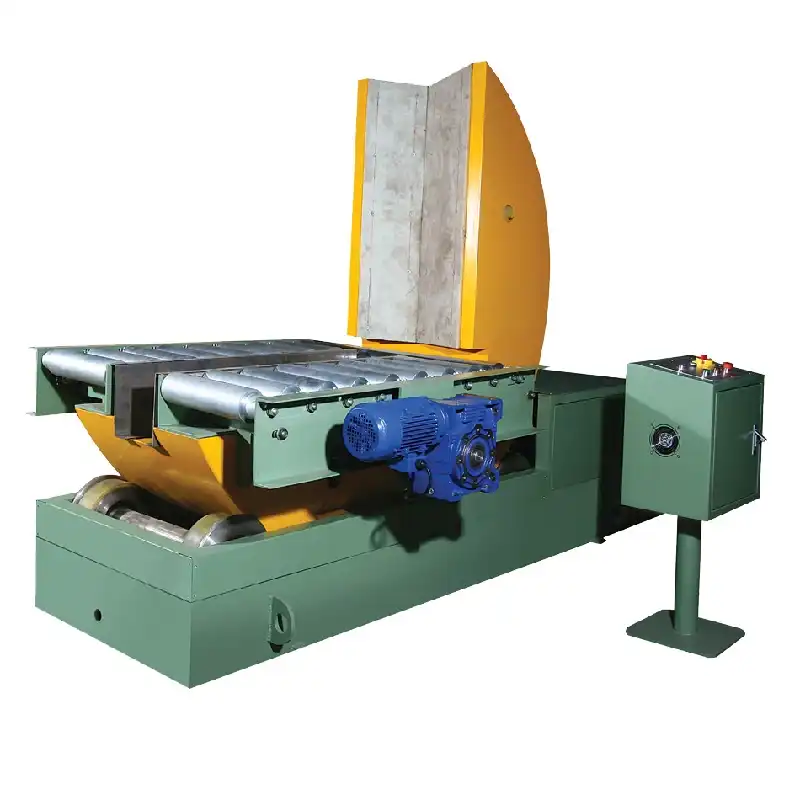
Navigating Challenges in Upender Implementation
Identifying potential challenges before committing to new technology is crucial for success. Smaller manufacturers face unique hurdles, which must be overcome with strategic planning.
| Challenge | Description |
|---|---|
| Financial Investment | Initial costs can be high, which may pose a risk for manufacturers with limited capital. |
| Workforce Training | Employees need training to operate new machines, which may disrupt daily operations temporarily. |
| Integration Issues | Merging new systems with established workflows requires careful planning to prevent production hiccups. |
The upfront investment can seem daunting, but with proper analysis and budgeting, these costs can often be recouped in efficiency savings. Workforce training, while necessary, can be managed in phases to minimize disruption. Planning is essential to integrate technology without a drop in productivity. In my experience, involving the team in the planning phase not only eases integration but fosters a culture open to innovation and continual improvement.
Conclusion
Assessing the suitability of steel coil upenders involves weighing benefits against potential challenges, especially for smaller manufacturers. While initial costs and integration hurdles are real challenges, the long-term benefits of increased efficiency, safety, and precision make them a worthwhile investment. Smart planning and phased implementation can maximize rewards while minimizing disruption.
Assessing the suitability of steel coil upenders involves weighing benefits against potential challenges, especially for smaller manufacturers.


